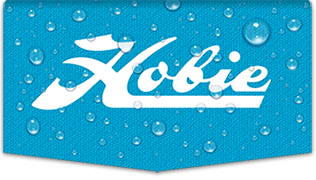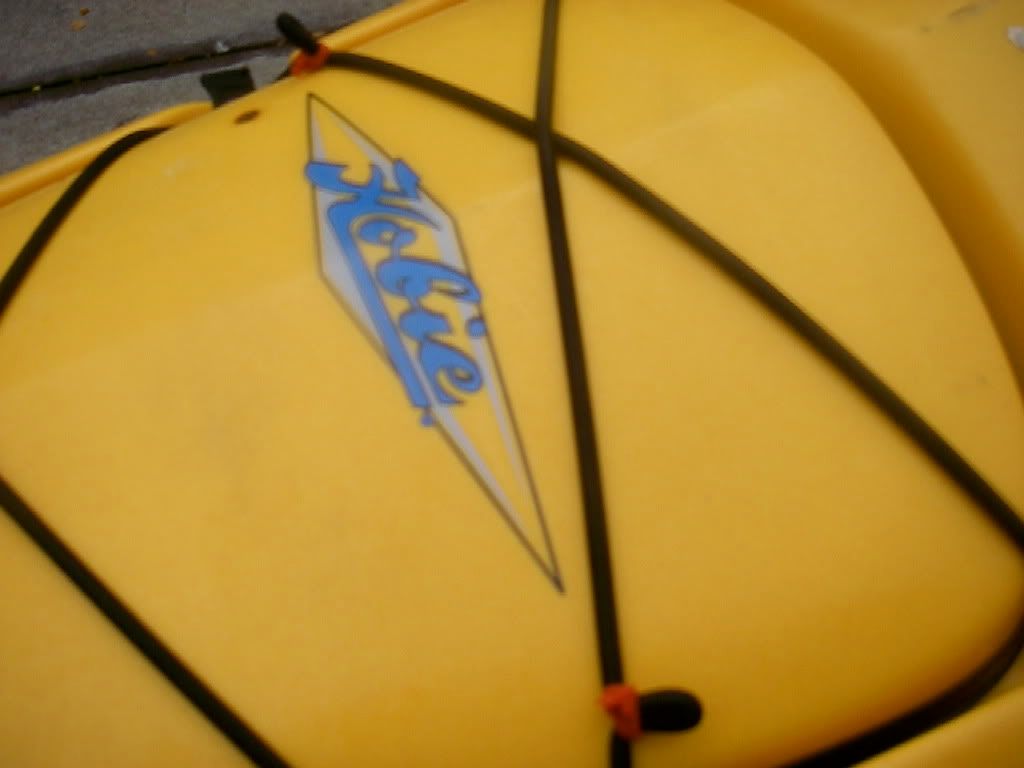Matt Miller has suggested the best way to check for leaks is with air and soapy water. This shows how quick and easy it is and where to look.
Equipment:
--vacuum with hose
--soapy water with brush
--cardboard cut-out
--tape
Procedure:
1. Cut a cardboard large enough to cover one of your hatches with a hole to accommodate your vacuum hose. Precision is not critical.
2. Open a convenient hatch and tape your cardboard over the opening. No need for it to be air tight -- this requires very little pressurization.
3. Insert one end of your hose into the outlet side of the vacuum to provide a source of air and the other through the cardboard. Tape over any large gaps. Don't worry about blowing your hull up.
4. With your vacuum exhaust blowing air into the hull, liberally paint soapy water over any suspected leak area.
Here is what the set-up may look like:

Areas that will normally leak are rudder lines, rudder handles, large hatch and non-gasketed hatches (ex: 5" screw-in hatch)
Areas that should not leak but are easy to correct (or live with) are gasketed hatches (ex: Twist and Stow) and their mounting surfaces.
Stressed areas to check as a precaution:
-- front nose of drivewell
-- cam lock areas on either side of drivewell
-- scupper cart holes
-- seat peg recesses
-- rudder mount area
-- any place that looks seriously cut, scraped, or abraded
Any leak should be easy to spot!


It's pretty hard for leaks to hide using this technique. The idea of filling your hull with water, by comparison, is slow, inefficient, poor at pinpointing leaks near the top surface and potentially stressful to the hull.
Hobie has made several improvements to minimize water entry in '07 and '08 with redesigned cable routing, cable entry points, cable tube seals and rudder controls. Still, my wife no longer stores her paperback books in the hold without some sort of bag (especially in active water).
With your left over soapy water you can finish cleaning your boat!














